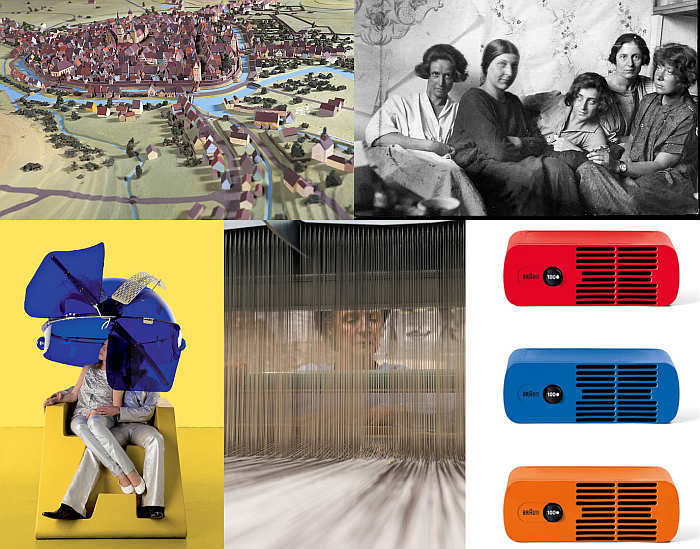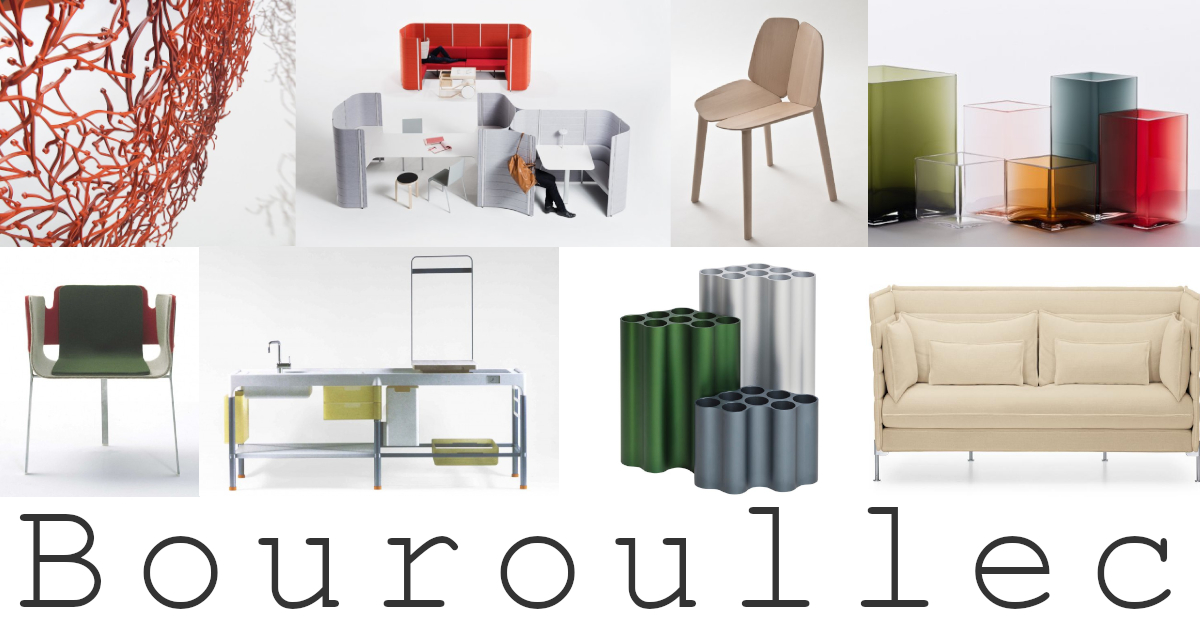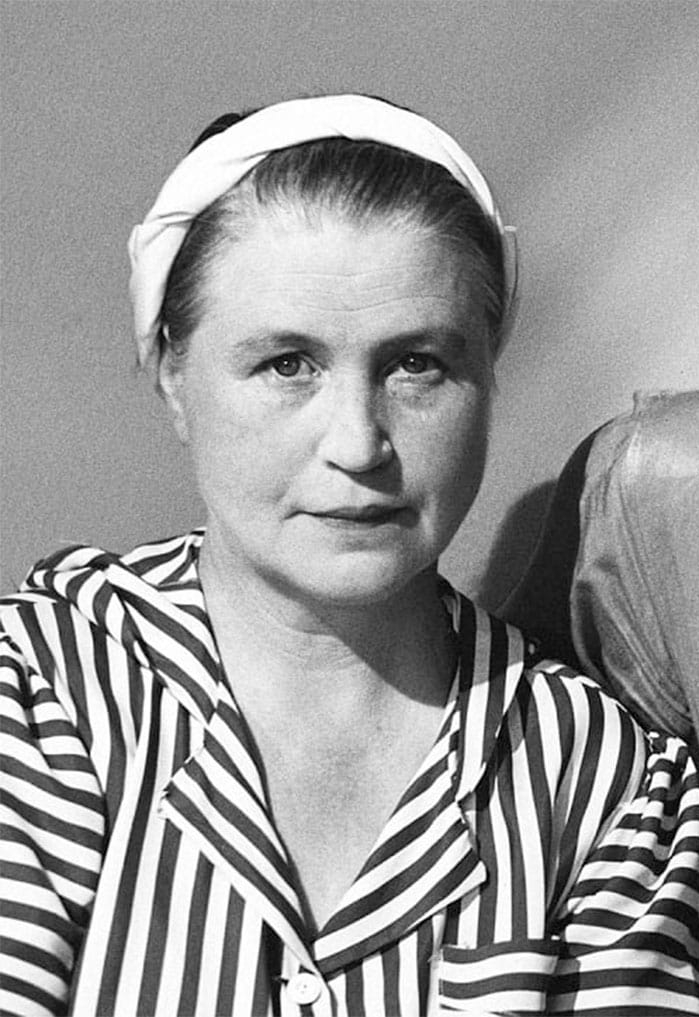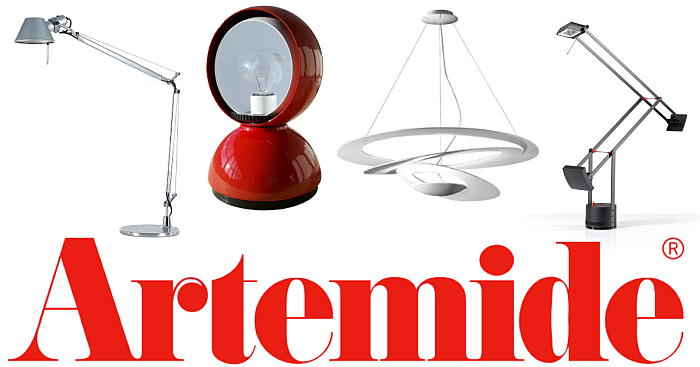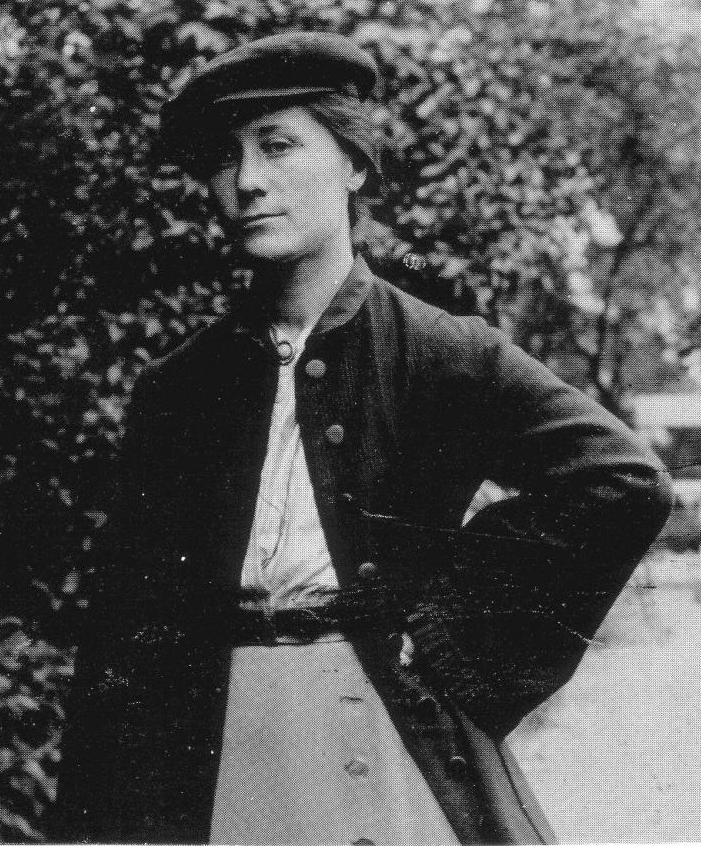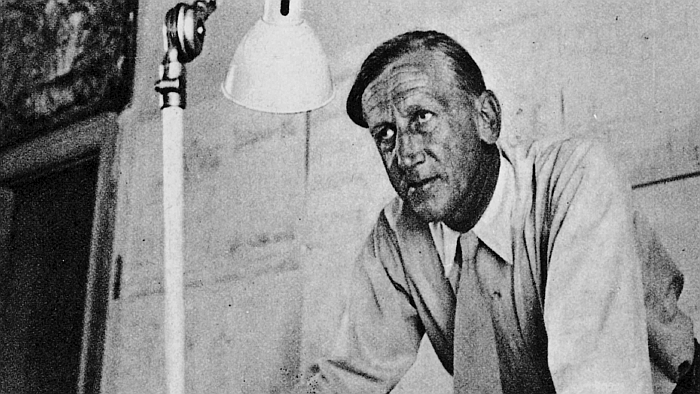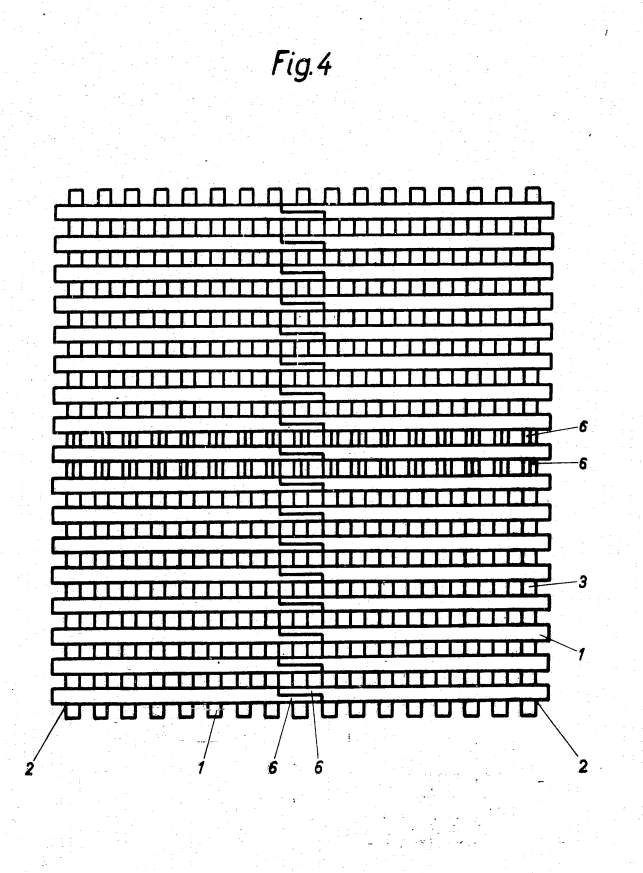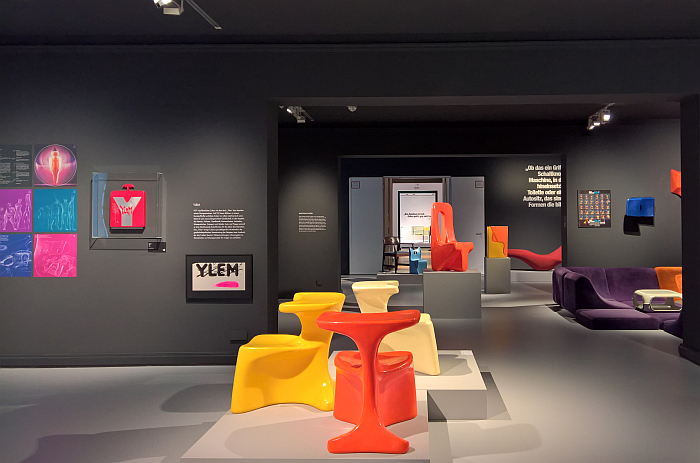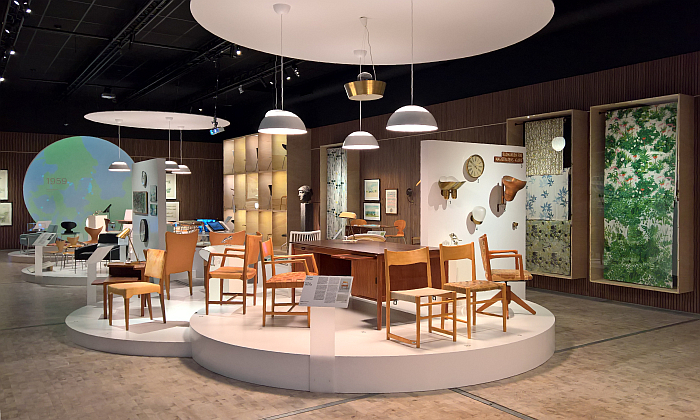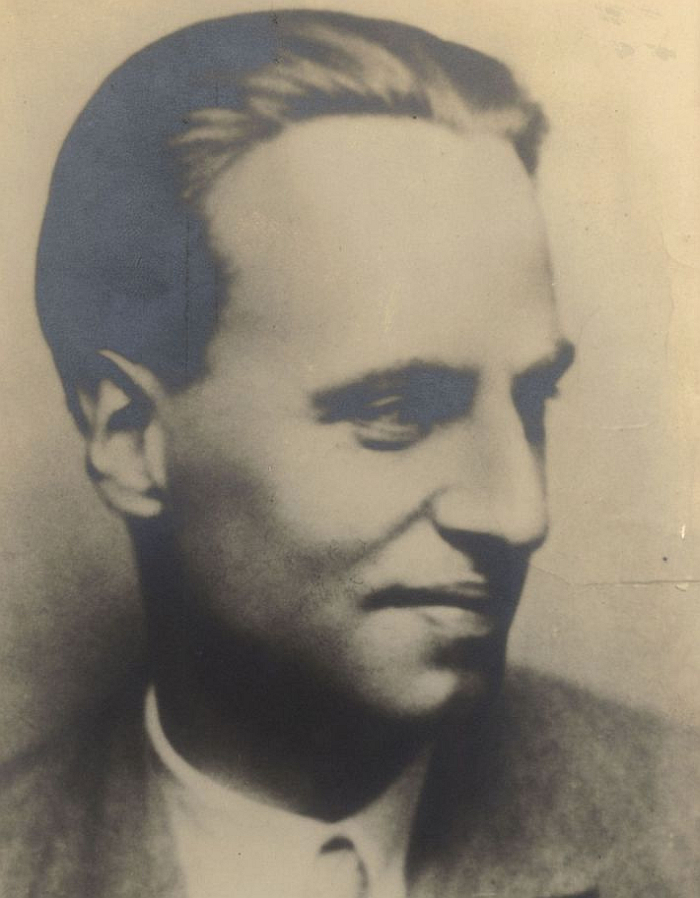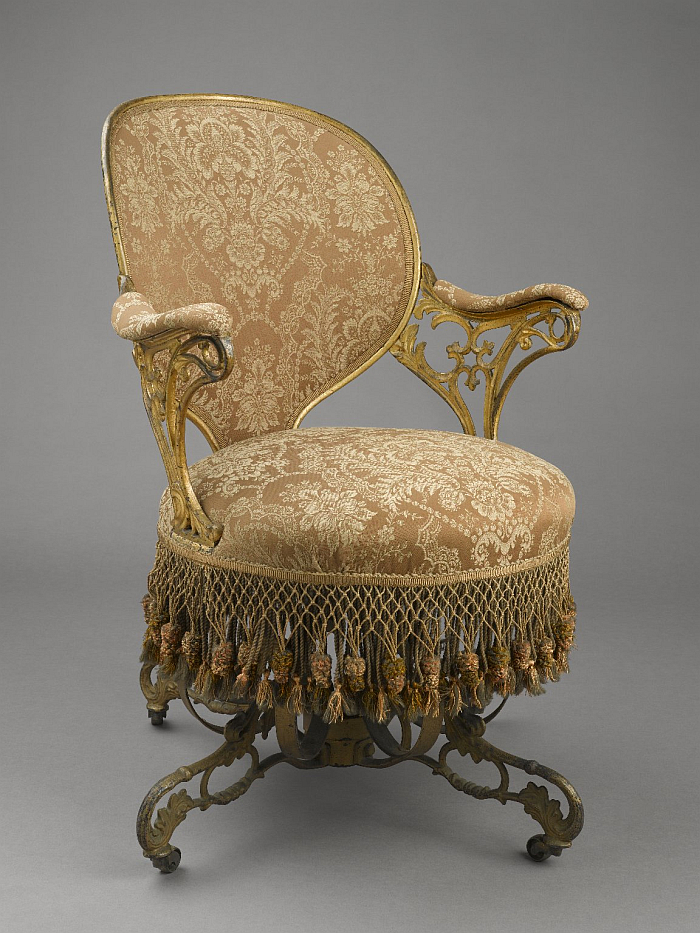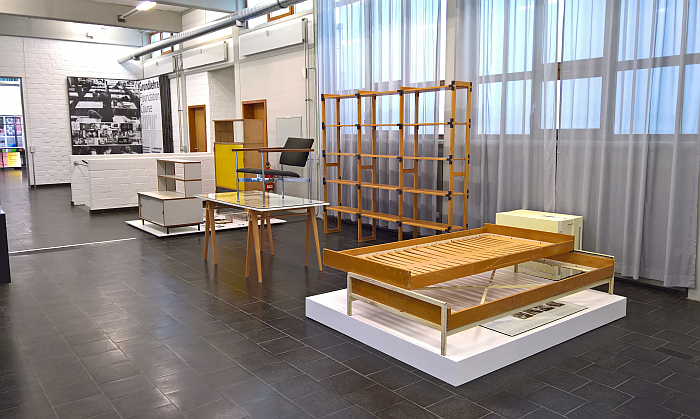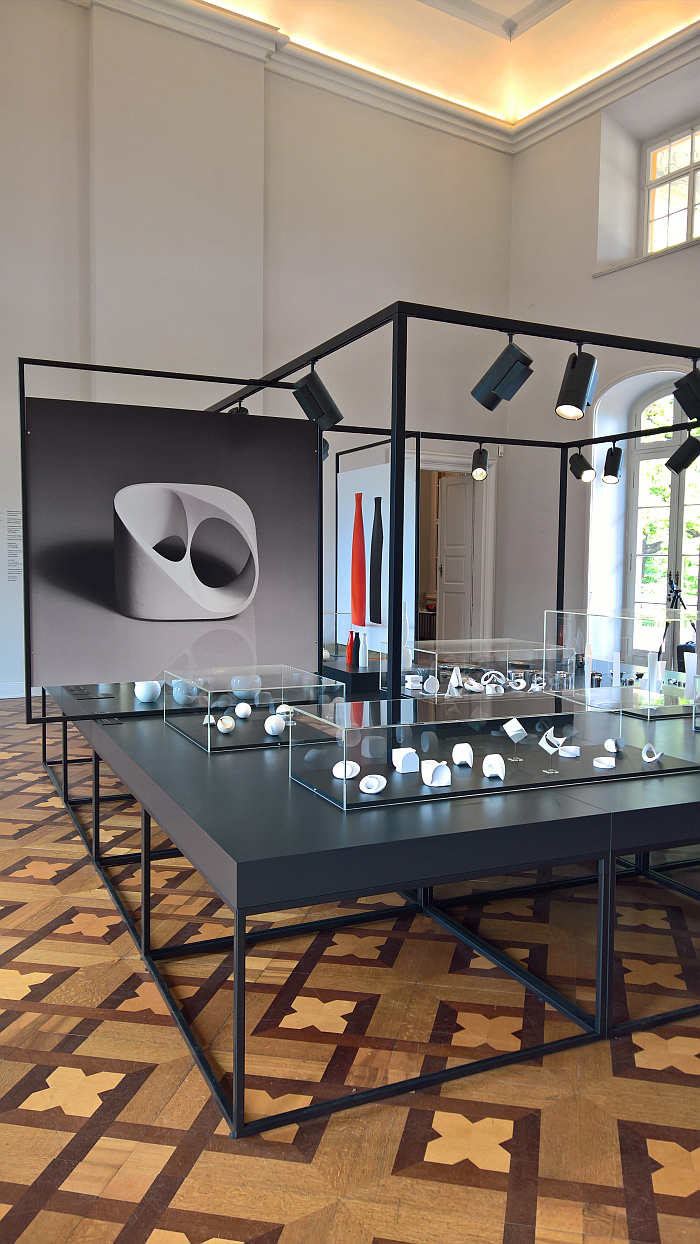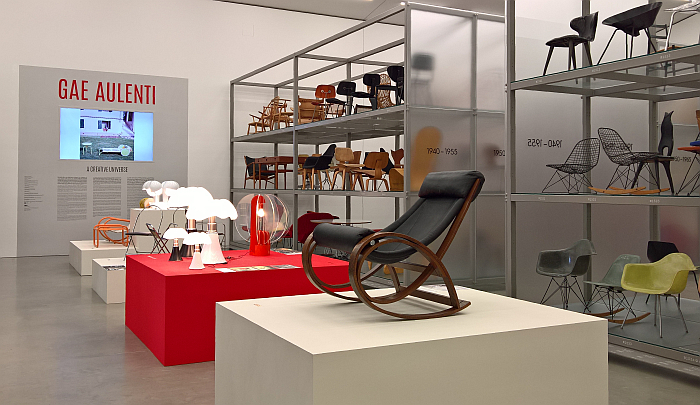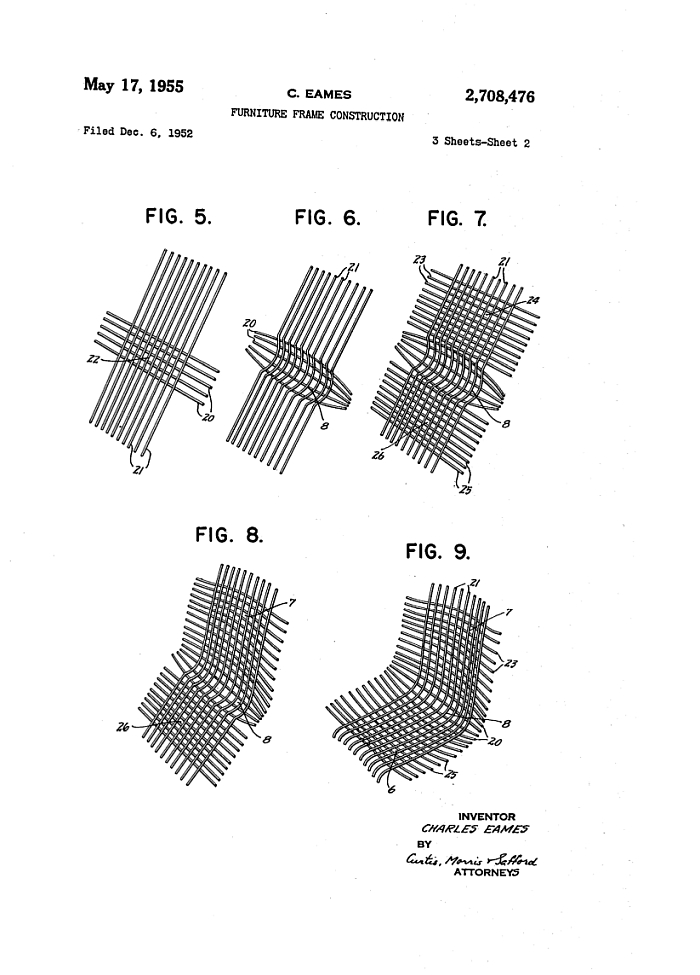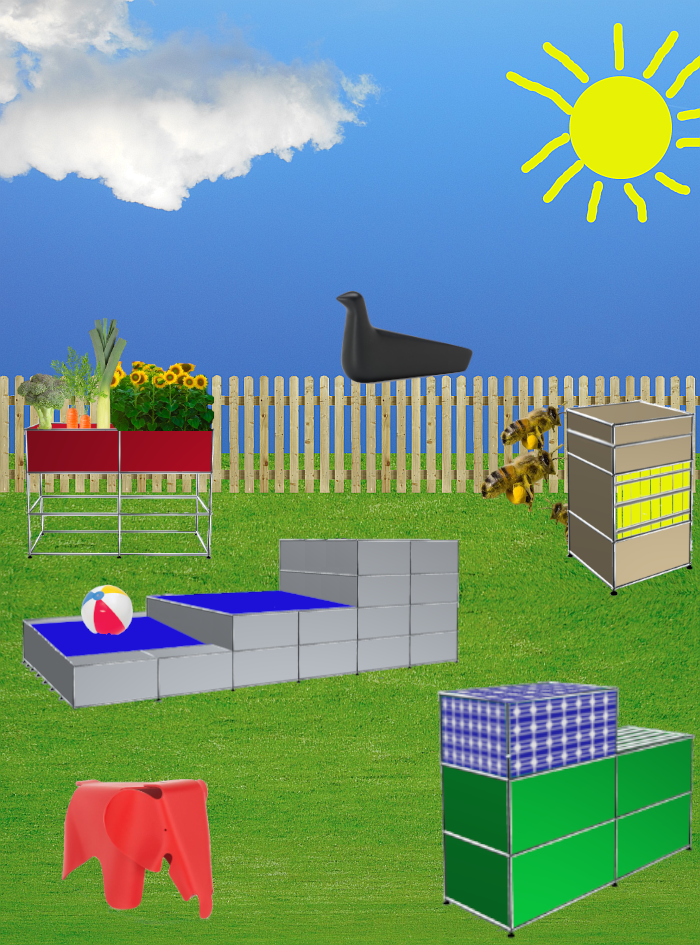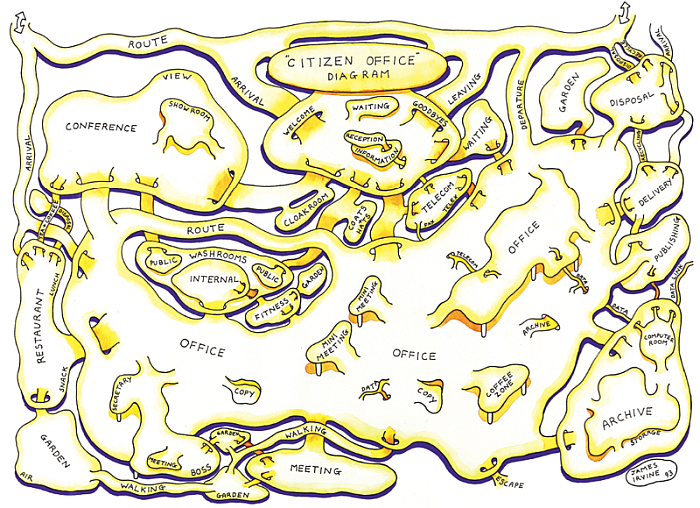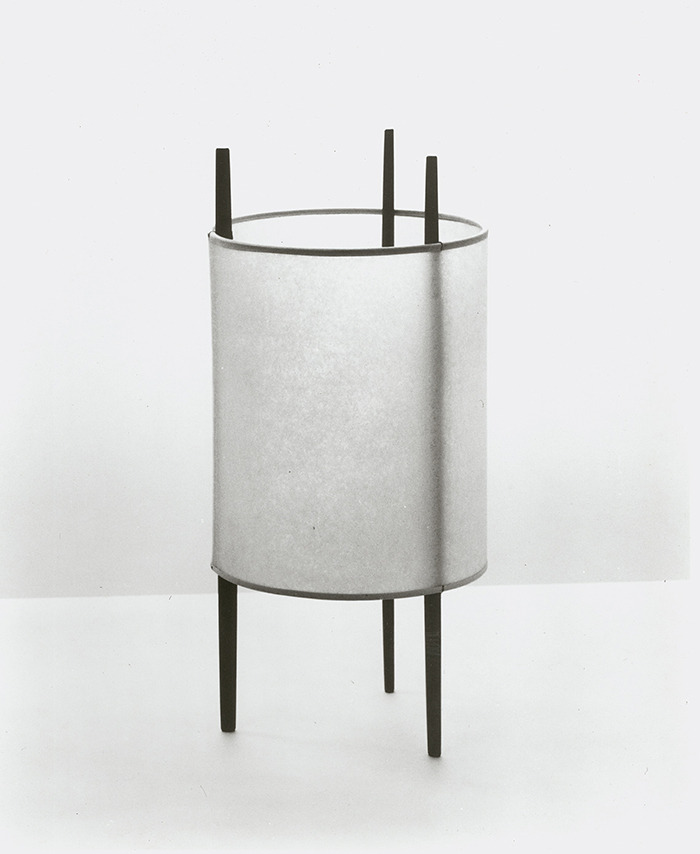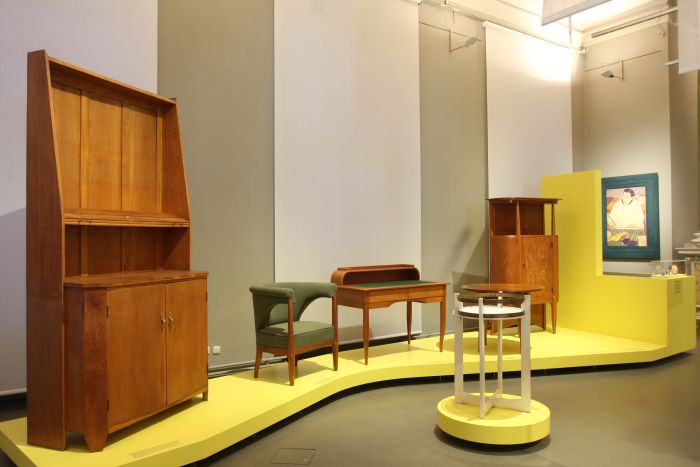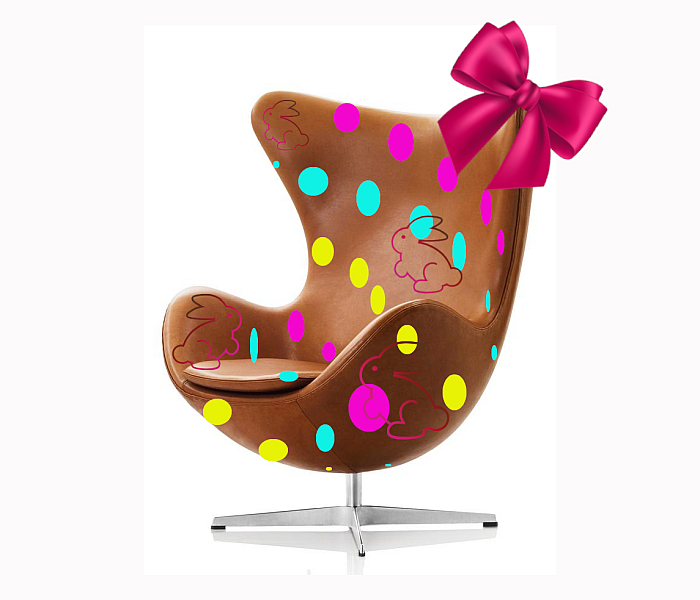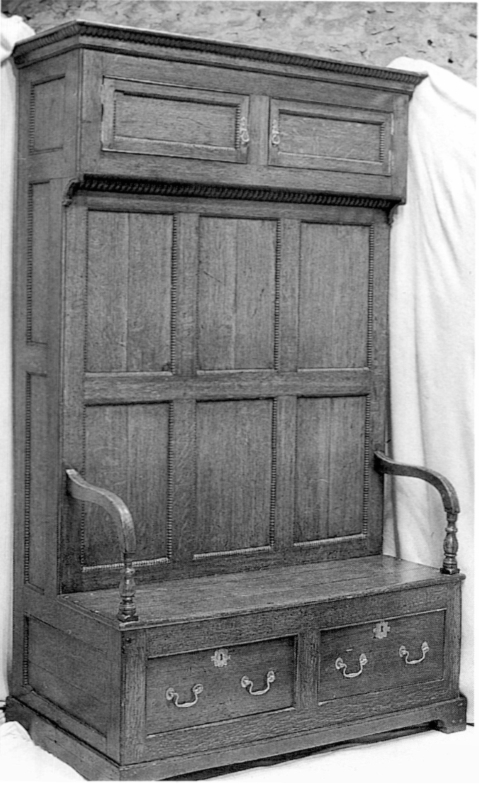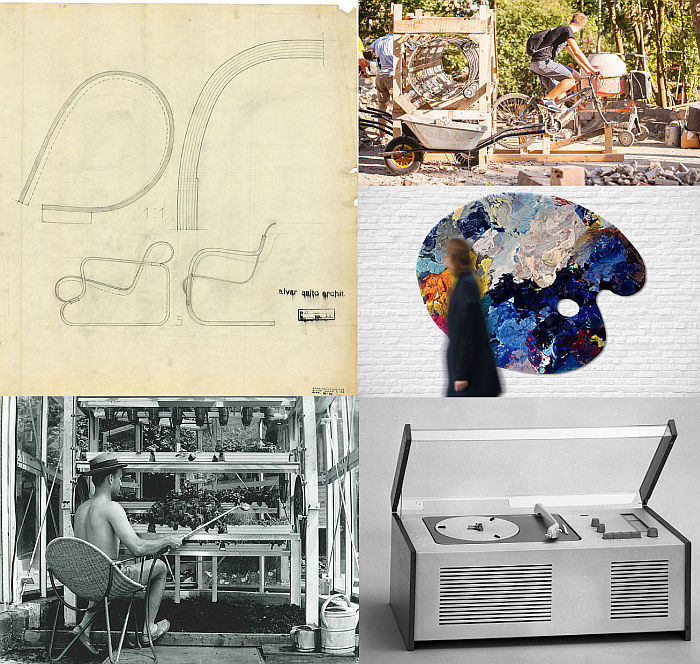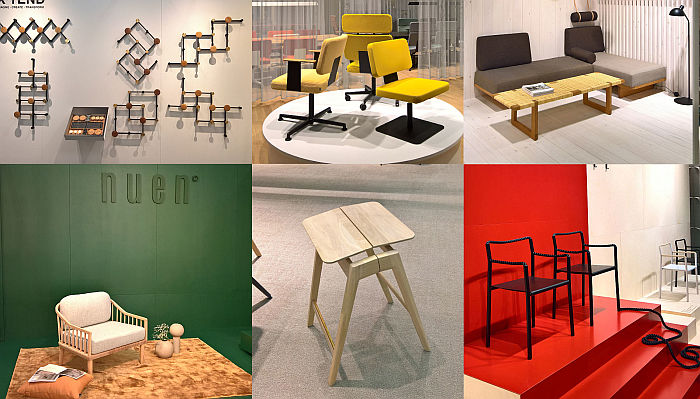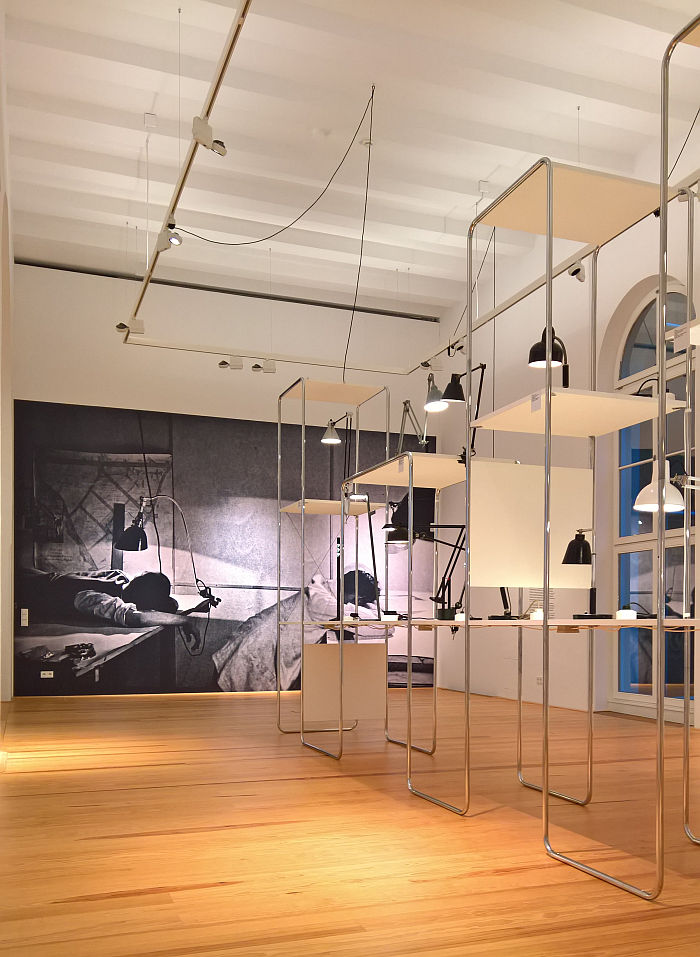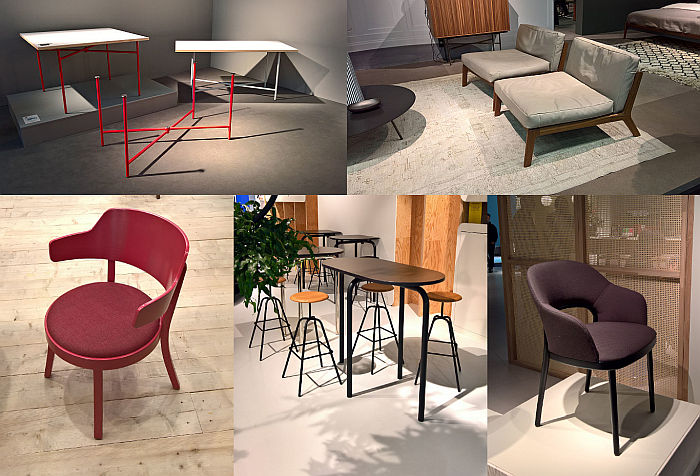Category: Producer
5 New Architecture & Design Exhibitions for April 2021
As the 19th century English poet Robert Browning so very, very, nearly phrased it:
Oh, to be in Berlin, Vienna, Chemnitz, ‘s-Hertogenbosch, or Berlin (again),
Now that April’s there,
And whoever wakes in Berlin, Vienna, Chemnitz, ‘s-Hertogenbosch, or Berlin (again),
Sees, some morning a most interesting, entertaining and instructive sounding architecture and/or design exhibition,
While the chaffinch sings on the orchard bough……
The Historia Supellexalis: “B” for Bouroullec
Bouroullec
A Ronan; An Erwan; An unassuming, poetic, connection.
smow Blog Design Calendar: January 25th 1894 – Happy Birthday Aino Aalto!
In 1936 Aino Aalto opined that “homes can be given interior design in other ways than before – not by buying expensive complete suites of furniture, but by concentrating on low-cost furnishings which can be used – with the aid of flowers, carpets, drapery and colours – to create hitherto more practical and more comfortable homes.”1
A break not only with the understandings, the ways, of generations long past in terms of what constitutes appropriate furniture; but also a break with the ways of many of the functionalist modernist practitioners of the immediately preceding decade in terms of what constitutes an interior design.
And an opinion, an understanding, which underscores why Aino Aalto stands as an important moment in the (hi)story of interior and furniture design…..
smow Blog Design Calendar: December 25th 1875 – Happy Birthday Gertrud Kleinhempel!
The so-called Bielefeld Conspiracy asserts that the German city of Bielefeld doesn’t exist.
Have you ever been to Bielefeld?, it asks.
Do you know anyone who has ever been to Bielefeld?
Do you know anyone from Bielefeld?
If your answer to all three questions is no…….. how do you know Bielefeld exists?
A similar conspiracy could be built around Gertrud Kleinhempel, one of Germany’s first professional furniture designers and who for the greater part of her career was active in Bielefeld.
Or was, assuming Bielefeld exists. And assuming Gertrud Kleinhempel exists.
For have you ever seen any work by Gertrud Kleinhempel, do you know anyone who has seen any work by Gertrud Kleinhempel, have you ever seen Gertrud Kleinhempel on the helix of furniture design?
If your answer to all three questions is no……..
smow Blog Design Calendar: December 15th 1888 – Happy Birthday Kaare Klint!
“Only slowly does it dawn on people that modern furniture must be designed on the basis of practical necessities”, observed the Danish architect and designer Kaare Klint in 1930.1
How Kaare Klint understood those “practical necessities”, how he understood “modern furniture”, would not only define his career, but in many regards define the development of 20th century furniture design in Denmark.
Lost Furniture Design Classics: The Panton Bed
“The placing of foam mattresses, spring mattresses, and the like, on bed frames made of wood or metal is familiar”, notes a July 1966 patent application, and it was. However, it continues, “bed frames of this type are heavy, continually take up one and the same space in a room, must be dismantled if they are to be moved to a new location, and represent a major obstacle in context of cleaning the bedroom.”1
Which, certainly in the early 1960s, they were and did.
But what is one to do?
Verner Panton had an idea.
An idea that may not count amongst his better known projects, but is a project that allows one to approach a better understanding of the work and career of Verner Panton…….
Luigi Colani and Art Nouveau at the Bröhan-Museum, Berlin
In 1977 the German designer Luigi Colani demanded a “renaissance of Art Nouveau”1
What he meant, why he meant it, and if it is something we should all fear, can be explored and considered in the exhibition Luigi Colani and Art Nouveau at the Bröhan-Museum, Berlin…….
Arne Jacobsen – Designing Denmark at Trapholt, Kolding
“Hvis jeg får et nyt liv, vil jeg være gartner“, opined once the Danish architect and designer Arne Jacobsen.
“If I have another life, I want to be a gardener”
Not that, as Arne Jacobsen – Designing Denmark at Trapholt, Kolding, would tend to imply, he made an incorrect career choice…..
smow Blog Design Calendar: August 5th 1899 – Happy Birthday Mart Stam!
“Wij hebben de nieuwe wereld te scheppen” wrote a, then, 19 year old Mart Stam in 1919.1
“We have to create the new world”
And subsequently spent the following decades developing, explaining and demonstrating his understandings of what that meant……
#officetour Milestones – Centripetal Spring Chair by Thomas E. Warren
While understandings of form, of beauty, in context of the objects with which we surround ourselves continually evolve and develop, understandings of function are, generally, much more stable. Or at least are once they have been identified, understood and normalised.
Something that can be studied and appreciated in Thomas E. Warren’s Centripetal Spring Chair…..
Hans Gugelot. The Architecture of Design at the HfG-Archiv, Ulm
The German designer and graphic artist Otl Aicher once opined, “Hans Gugelot wasn’t a theoretician. But not a practitioner either. What is one if neither a theorist nor a practitioner?”1
What, indeed…..?
With the exhibition Hans Gugelot. The Architecture of Design the HfG-Archiv Ulm allows one to approach an answer…..
Beauty of Form. The Designer Christa Petroff-Bohne at the Kunstgewerbemuseum Dresden
Christa Petroff-Bohne arrived a trifling couple of minutes late for the opening of Beauty of Form.
And was most apologetic, apologised for keeping us all waiting.
Whereby, we couldn’t help thinking, it is much more us, all, the international community, who should be apologising for keeping Christa Petroff-Bohne waiting for such a comprehensive and rounded recognition of her work and career………1
Gae Aulenti: A Creative Universe at the Vitra Design Museum Schaudepot, Weil am Rhein
“It’s not possible to define a style in my work”1, opined once the Italian architect and designer Gae Aulenti.
With the exhibition Gae Aulenti: A Creative Universe, the Vitra Design Museum Schaudepot don’t contradict that opinion, but do provide for a framework for considerations on its validity……
smow Blog Design Calendar: May 17th 1955 – Charles Eames Granted US Patent 2,708,476 for Furniture Frame Construction
On May 17th 1955 Charles Eames*, as assignor to the Herman Miller Furniture Company, was granted US patent 2,708,476 for a “Furniture Frame Construction”, specifically for, “a skeleton type metal furniture frame or shell construction” formed from “a plurality of lengths of wire arranged in crossed relation with another plurality of lengths of wire and welded thereto at their intersection…”1
A patent which although important and interesting in itself, is and was in many regards just as important and interesting for developments that arose on account of it. And for what its (hi)story can teach us about the work of Charles and Ray Eames……..
USM Haller: Garden, Terrace, Balcony…..
Developed in the mid-1960s as an office furniture system, the inherent flexibility and variability of USM Haller’s modular system has allowed it to naturally evolve alongside office practices and realities; for example, alongside the shift in recent decades from rigid to more flexible office scenographies, alongside the rise in recent decades of home working, or, most recently, with the USM Security Screen which naturally, and quickly, allows any existing USM reception desk to be effortlessly updated and reinvented for our Corona age.
Similarly in the domestic landscape. A landscape USM Haller quickly inhabited and where over the decades the inherent flexibility and variability of its modular system has seen it naturally adapt to the ever evolving realities of domestic life: the domestic life of both the private individual with all its personal fluctuations, high, lows and unpredictability, but also of communal society and, for example, its ever increasing collective networked, digital structure.
But despite its indoor success, system USM Haller hasn’t found its way out of doors……
…..yet…..
smow Blog Design Calendar: April 30th 1993 – Opening of Citizen Office at the Vitra Design Museum, Weil am Rhein
With the exhibition Citizen Office the Vitra Design Museum staged not only their first conceptual, research based, exhibition, but also one of the first museal reflections on “the world of the office”.
Reflections which not only pointed towards new directions and understandings then, but which offer insights and lessons for today…….
Lost Furniture Design Classics: Model 9 Table Lamp by Isamu Noguchi for Knoll Associates
Throughout his numerous lives and careers Isamu Noguchi practised as an artist, set designer, garden designer, furniture designer, lighting designer, etc…. yet through all incarnations he remained one thing: a sculptor.
Isamu Noguchi’s most popularly known work is inarguably his Akari lamps, yet before Akari there came a lamp which in many regards exists more in context of the man and his art than its more famous relations…..
smow Blog Design Calendar: April 14th 1874 – Happy Birthday Margarete Junge!
“The work of the Dresden artist Margarete Junge is largely shrouded in darkness” noted the art historian Gert Claußnitzer in his introduction to the 1981 exhibition “Margarete Junge. Fashion sketches and flower studies”1
And while Margarete Junge’s 2D works may have been allowed to shine, if only briefly, in the early 1980s, her 3D works remained stubbornly shrouded: only in recent years being afforded the opportunity, if only partially, to radiate as they once did.
Thankfully. For the works, and the biography, of Margarete Junge are as interesting and important as they are illuminating……
An Easter Egg…… or, A stay at home Eastertide hunt for Arne Jacobsen’s Egg……
The 3316 Easy Chair by Arne Jacobsen a.k.a. The Egg is not only one of the most universally recognised works by Jacobsen, but also one of the most popular representatives of both the lounge chair and also of post-War furniture design. Yet, and as with the Easter egg, the Jacobsen Egg is an object whose simple, inviting charms often hide the much more complex, interesting, informative, instructive, realities of its origin and provenance.
And so in a year when many an Easter egg hunt will be extraordinarily localised, we take you an international hunt for the (hi)story of an egg-straordinary chair……
Lost Furniture Design Classics: The Bacon Settle
In context of the Radio smow Sofa, Couch, Settee Playlist we briefly discussed the settle as an early forebearer of the settee.
Existing in a myriad expressions and forms, one variation on the settle was a pleasingly multi-functional, multi-talented, culinary adept, object.
And one that has, sadly, vanished from the contemporary furniture landscape…….
5 New Architecture & Design Exhibitions for March 2020
Back in the days of the Roman Republic Martius was the month in which troops mustered in preparation for the coming battle season, to prepare, as it were, to March into war.
Please don’t! The world’s out of control enough as it is!
Rather use the coming spring as your incentive, to (a) make up for some of those New Year’s Resolutions you’ve long forgotten you’d made and (b) to march into a future of new impulses, new understandings, new perspectives, a new world. To march into an architecture and/or design exhibition.
Our five recommendations for new showcases opening in Martius MMXX can be found in Ulm, Gent, Vienna, Kobe and Dresden…..
Stockholm Furniture Fair 2020: High Five!!
With the 2020 edition Stockholm Furniture Fair celebrates its 70th birthday.
Grattis på födelsedagen!
We did think about taking along a cake, but knew the halls of Stockholmsmässan would be filled to the rafters with Kanelbullar, as indeed would we.
And so by way of a present, a Stockholm Furniture Fair 2020 High 6!!
100 Years of Positionable Light @ the Museum für Kunst und Gewerbe Hamburg
“In many workshops and offices it is regularly attempted to achieve both direct and semi-indirect lighting by means of large, single, light sources, that is, to work only with ample general lighting. Yet as pleasant as this type of lighting may be, in many cases it proves unsatisfactory on account of certain inherent shortcomings”1
So opined in 1926 the German engineer Curt Fischer.
Rhetorically. For in 1919 he had already patented his first solution to resolving such “inherent shortcomings”.
How, and where his considerations have taken contemporary lighting design, are discussed and explored in the exhibition 100 Years of Positionable Light at the Museum für Kunst und Gewerbe Hamburg.
IMM Cologne 2020: High Five!!
Apart from the chance to peruse and consider the collections and new products of and from a wide variety of manufacturers and labels, one of the real joys of visiting any furniture fair is the opportunity it allows to observe designers in conversation with manufacturers and labels. For all in pairings that currently don’t formally exist. We never eavesdrop on such conversations, that would be rude, and to overplay our prowess as spies; but we do enjoy imagining what may arise from those conversations, imagining the enthralling objects and brave new world that awaits us all.
A brave new world that far from being a refuge from our contemporary world in many regards helps sharpen our focus on the contemporary world that surrounds us, the collections and new products of and from a wide variety of manufacturers and labels laid out for our consideration and perusal.
New products that may have begun as an informal conversation on a trade fair stand. And now look where that’s developed…..
And so, and with our customary caution that we have invariably missed one or the other gem, which in this case we know we did, but which we plan to make up for later, an IMM Cologne 2020 High Five!!
